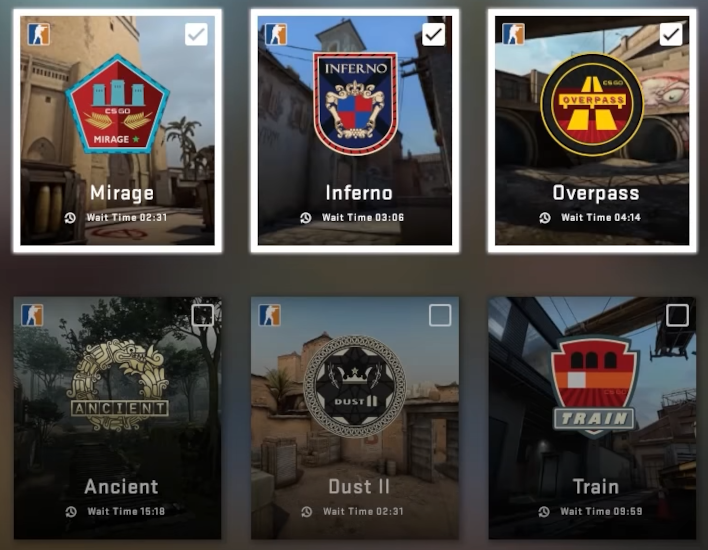Hydra Tech Insights
Stay updated with the latest in technology and gaming.
Veto or Be Vetoed: Navigating the CS2 Map Veto Conundrum
Master CS2 map vetoes with our ultimate guide! Discover strategies to gain the upper hand and dominate your next match.
Mastering Map Veto Strategies: Tips for Competitive Success in CS2
Mastering Map Veto Strategies is crucial for teams aiming for competitive success in CS2. The process of map vetoing begins before the match, where teams strategically eliminate maps from the pool to gain an advantage. Understanding the strengths and weaknesses of each map is pivotal; for instance, if your team excels on Dust II but struggles on Nuke, a good strategy would be to veto Nuke first. Ensure that every team member is on the same page regarding preferred maps and the overall game strategy to effectively execute your plan.
To refine your map veto strategy, consider conducting a detailed analysis of your past games as well as your opponents'. Utilize resources like match statistics and professional gameplay to identify which maps often play to your strengths. Establishing a hierarchical veto approach can also provide clarity; for example, prioritize your least favored maps for earlier vetoes and save the stronger choices for later. In competitive gameplay, a well-thought-out veto can turn the tide of a match, making it essential to master this facet of CS2 competitive play.

Counter-Strike is a highly popular first-person shooter game that has captivated millions of players worldwide. One of the exciting features in the game is the CS2 Stash Box, which allows players to obtain unique skins and items to customize their in-game experience.
The Psychology Behind Map Vetoing: What Factors Influence Your Choices?
The process of map vetoing in competitive gaming is not merely a tactical decision; it is deeply rooted in the psychology of players. Several factors influence this choice, including personal preference, past experiences, and group dynamics. Firstly, players may veto maps they perceive as unfavorable based on their individual skill sets or the game mechanics they find challenging. For instance, a player who excels at close-range combat might avoid maps that favor long-range engagements. Additionally, past experiences—both positive and negative—can shape one’s perceptions of a map, leading to biased choices during the veto process.
Moreover, the social aspect of gaming cannot be overlooked. The influence of teammates often plays a crucial role in the map veto decision-making process. Players might tend to conform to the preferences of their team, either out of a desire for cohesion or to avoid conflict. Groupthink can lead a team to veto a potentially strong map simply because it does not align with the majority's preferences. Understanding these psychological nuances not only enhances player performance but also improves team strategies in competitive scenarios.
Top 5 Common Mistakes in CS2 Map Vetoing and How to Avoid Them
In the competitive landscape of Counter-Strike 2 (CS2), understanding the map vetoing process is crucial for setting the stage for victory. One of the common mistakes players make is failing to properly analyze the strengths and weaknesses of their team in relation to specific maps. For instance, blindly vetoing a map without considering your own team’s proficiency or the opponents' preferences can lead to unfavorable matchups. It’s essential to conduct a thorough map pool analysis and know your team's best maps before entering the vetoing phase, ensuring you maximize your chances of success.
Another frequent error revolves around not communicating effectively during the veto process. Team members might have differing opinions on which maps to prioritize or eliminate, leading to confusion and suboptimal decisions. To avoid this pitfall, establishing clear communication channels and discussing map preferences prior to the veto can streamline the process. A well-structured discussion can often reveal insights that might be overlooked when players act independently. Make sure to engage all team members in the conversation to solidify a cohesive strategy going into the match.